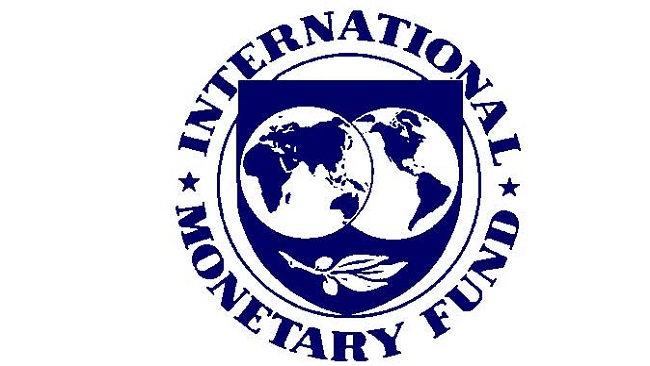Some countries are flourishing while others are battered in debt and hyperinflation.
Using the United Nations’ World Situation and Economic Perspectives report as a guide, we reveal the countries that could well go broke in 2018.
Equatorial Guinea
Oil-rich Equatorial Guinea is struggling to adapt to the lower price of oil. Oil and gas is central to the country’s growth. Low prices have affected the local industry which has also been trapped in recession since 2013.
The Central African country’s public debt also increased.
In 2016 Equatorial Guinea public debt was $3 911 million. It has increased $488 million since 2015.
The West African state also faced several attempted coups.
The latest attempted coup took place late last month with approximately 30 armed men from Chad, Cameroon and the Central African Republic.
They were found with rocket launchers, rifles and ammunition just over the border in Cameroon.
The country experienced similar attempts in 2008 and 2004.
Haiti
This Caribbean country has been plagued with natural disasters in recent years. The most recent disasters were Hurricanes Irma and Maria.
Although there have been attempts to restore the country with reconstruction and infrastructure, the economy still faces a number of threats.
Haiti’s institutional capacity for economic policymaking has been complicated by the absence of a stable government since February 2016. The effectiveness of public finance has been severely undermined by political volatility that further weakens an already weak rule of law.
In 2016 Haiti public debt was $2 775 million. It has increased $153 million since 2015.
Zimbabwe
The Republic of Zimbabwe has been left in disarray last year, following the resignation of former President Robert Mugabe.
Mugabe served as President for nearly four decades and was succeeded by Emmerson Mnangagwa.
Emmerson Mnangagwa succeeded Mugabe in November last year.
However, upon Mugabe’s resignation, an estimated 95 percent of the workforce has been left unemployed. Public infrastructure is crumbling and there are widespread shortages of cash and food.
Many of the country’s woes are rooted in Mugabe’s support for the seizure of white-owned farms, which slashed agricultural production, export earnings and tax revenue.
Mozambique
Mozambique is drowning in debt. This has been attributed to stark inflation rates.
In January 2017, the country experienced an inflation rate of 23.67 which fluctuated to 21.27 in April 2017.
Ratings agency Standard and Poor (S&P) believes that the economy will grow by 4% and that public debt will decline from 128.1 percent to 111.7 percent of GDP by 2020.
South Sudan
Sudan is in economic crisis. Extreme violence has led to famine throughout the country. The country allegedly needs R20.9 billion in aid to avoid economic collapse.
In 2016 South Sudan public debt was $1 011 million. It has decreased $7 185 million since 2015.
Yemen
Yemen’s ongoing civil war which began in 2015 between two factions has virtually destroyed the country’s economy.
The Food and Agricultural Organisation of the United Nations (FAO) predict that over 7 million people were at risk of famine in 2017.
Yemen’s debt to GDP ranked at 85.4 in 2016.
Venezuela
Venezuela’s inflation rate could soar to 30 000. The country has the lowest minimum salary in Latin America, about R30.25 per day or R910.04 per month.
The South American country’s economy officially entered a period of hyperinflation at the close of 2017, with an accumulation of problems that drove inflation to 3,000 percent for the year.
The bolivar has lost an incredible 99.97% of its value against the dollar since 2012, hyperinflation is kicking in, and political and social tensions are running high.
Source:iol.co.za





